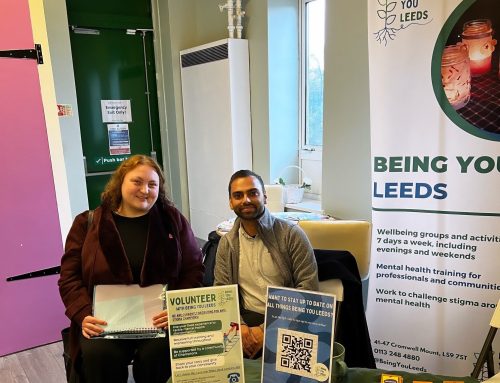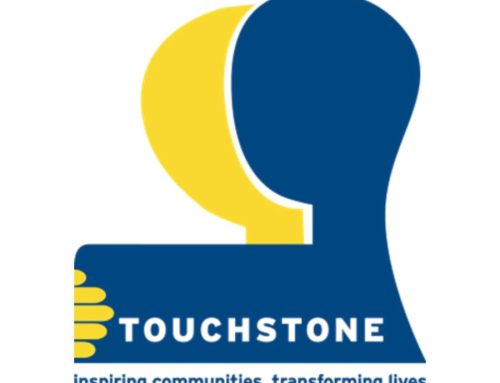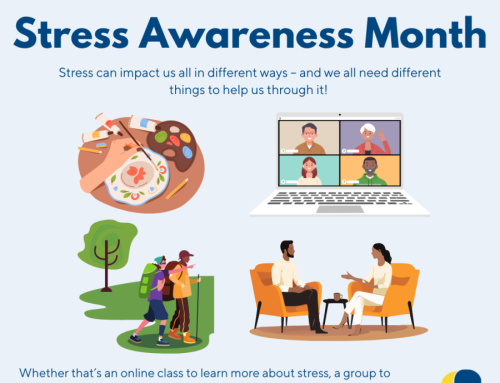Ever wondered about the work being completed by our High Intensity Cognitive Behavioural Therapists here at IAPT? Or the great achievements and milestones reached by our service users? Well wait no longer, here we have a case study of one, of the many, such success stories from a member of our IAPT team Debbie and a very determined service user.
Sally (name changed to maintain client anonymity), a young woman in her 20’s with a young Son contacted the Improving Access to Psychological Therapy (IAPT) program seeking psychotherapy for her anxiety.
She had previously accessed the service in 2012 and received a low intensity intervention of up to 8 sessions of 30 minute duration of guided self-help and stated she had found it useful in decreasing her anxiety, however over subsequent months the anxiety had returned.
On this occasion, upon screening, it was decided she may benefit more from a higher intensity intervention of up to 12 sessions of 60 minute duration of Cognitive Behavioural Therapy.
On assessment, she described suffering with panic attacks with agoraphobia, whereby she hadn’t gone out anywhere alone for several years, relying on support from her family. Her main fear was that when she became anxious she would be incontinent of urine, as she experienced pressure in her bladder.
A sense of urgency to go to the toilet is a normal symptom of anxiety, triggered by the release of adrenaline when a person feels threatened.
On further assessment, these symptoms had started around the time she was in a relationship with a physically, verbally and emotionally abusive partner who had attempted to murder her and her Son. At the time she had been highly anxious and had stopped going out alone.
The clinician hypothesised she may have suffered Post Traumatic Stress Disorder (PTSD) and on exploration she could recount suffering with nightmares, hypervigilance and flashbacks after the relationship had ended. Her ex-partner committed suicide earlier last year, so the risk was no longer ongoing and those symptoms had subsided. However, her avoidance, a core feature of PTSD, had continued unabated.
The client and clinician together formulated the problem and developed some treatment goals of her regaining her independence and freedom by going out alone, unaccompanied in various situations and staying in the situation without escaping to the toilet or out of the situation altogether.
Treatment began with psychoeducational instruction on panic and agoraphobia, its causes and how it is maintained. Panic attacks are caused by hyperventilation, a type of rapid breathing. Agoraphobia is a fear of going outside.
In one of the initial sessions, the clinician and client together brought on the sensations of panic in the treatment room, by hyperventilating and then the client was instructed to breathe normally. The sensations abated within 2 minutes. The clinician helped the client to identify that these symptoms can be brought on in this way by disrupting the normal passage of oxygen and carbon monoxide in the body; however the body restores its homeostasis quite rapidly if we breathe normally, don’t hold our breath or continue to breathe rapidly. The whole process is harmless.
This behavioural experiment gave the client the confidence to begin to approach situations rather than avoid them. If she began to feel panicky all she needed to do was to stay in the situation and to breathe normally.
The clinician also hypothesised that the clients avoidance was the core maintaining factor. Together they developed a hierarchy of situations for the client to gradually expose herself to from the least anxiety provoking to the most and she was encouraged to work through them methodically.
In addition, the clinician introduced the client to some alternative therapy techniques using Acceptance and Commitment therapy. The client was encouraged to identify her values (freedom, fun and family) and then recognise the obstacle (her avoidance) to her achieving them. She was encouraged to recognise how her previous coping patterns of avoidance and having someone with her were only short term fixes with the long term cost being continued dysfunction and a life where she couldn’t move in a valued direction. She was then taught through the medium of metaphor and with experiential exercises, how to accept anxiety and bodily sensations as normal and how if we struggle to control them, they increase.
The clients Son would regularly remind his Mum to ‘drop the rope,’ whilst doing exposure tasks, from a metaphor she’d described to him about how we might find ourselves in a tug of war with our fear, trying to win the battle by attempting control it when dropping the rope is a surer way to move on.
As the client began to achieve more and more of her exposure tasks, her confidence grew and she was able to refute her belief that she would be incontinent. In addition, she was asked to try out a behavioural experiment at home and see how long she could go without going to the toilet. On one occasion she managed 3 ½ hours. She later told me this was because she had been engrossed in a box set on TV! Armed with this new knowledge it confirmed her new belief that she wouldn’t be incontinent if she was unable to go to the toilet on short trips out and that she did not have a malfunction of her bladder, which she’d hypothesised following the birth of her Son.
As treatment progressed, the client was able to recognise that her fear of being incontinent had fuelled her safety behaviour of escaping from situations in order to go to the toilet and therefore requiring someone with her to take care of her Son or her shopping etc. If it was unnecessary for her to escape then it was unnecessary for her to have anyone with her.
By the end of treatment she had completed her hierarchy of exposure tasks and more and had progressively dropped the safety behaviours which had maintained her anxiety.
At session 12 we reviewed her goals which were all achieved. She stated; “I used to be afraid of going out, now I feel liberated and life has become fun again.”
We then planned how she could maintain her gains and treatment was ended with a follow up appointment arranged for 3 months to check in on her progress.





